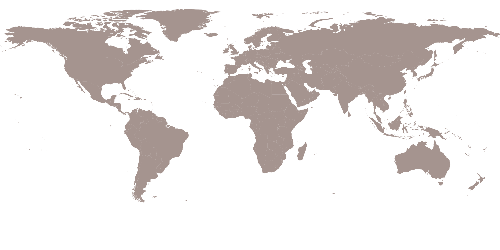Sustainable building design through passive measures
The rehabilitation project of Qalandiya adopts a green approach inspired by traditional knowledge and responds to limited access to resources to sustain its objectives & outcomes. The historic maze creates a green hub of restored buildings, courtyards & community gardens, emphasizing the interaction among living systems and their environment between human and non-human processes. The project adopts measures and techniques that respond to water management, endogenous plants, recycling and use of locally produced material, landscaping thermal comfort, and climate change mitigation. The project considers traditional knowledge as a base for innovation and creative environmental solutions through restoration and adaptive reuse.
Efficient construction and operations
This project is based on respect, admiration, and belief in the historic built environment as a resource for socioeconomic development and climate change mitigation. In addition to respecting environmentally friendly historic buildings using local materials and planting indigenous trees, RIWAQ has ventured into installing water catchments, grey separation water, passive insulation, better ventilation systems, and creating green pockets. The conservation approach focuses on using locally produced material and recycled items such as traditional tiles, limestone, crushed pottery, etc., hence contributing to reducing CO2 emission.
Landscape & Biodiversity Integration
Qalandiya's historic center was abandoned for over 50 years; the geopolitical fragmentation and land confiscation measures had negatively affected the villages' agricultural infrastructure and its relation to its landscape. The project emplaced vegetation, landscaping, and planting approaches by designing soft components for pavements and planting courtyards. Traditional knowledge, use of indigenous plants, and water management were key elements in the design process. The green approach of the rehabilitation design led to a green historic center in contrast to concrete and cement urban extensions of the surrounding context. The green alleys were paved with gravel, allowing water to infiltrate.
Land use & Transformation
The historic center included a set of public and private ownerships. Over the years, the project dealt with fragmented ownership due to a multi-inheritance system. A series of meetings and gatherings were held with owners, facilitated by the village council as the leading project partner. Agreements were signed with the owners to restore their historic houses to be used for public and common purposes for 15 years. The historic center represented the legacy of the extended families of the village; its rehabilitation and public use meant safeguarding this legacy and providing means for common use and social cohesion. The green and public approach of the project promoted the site and attracted more users & visitors, fostering new potential.















